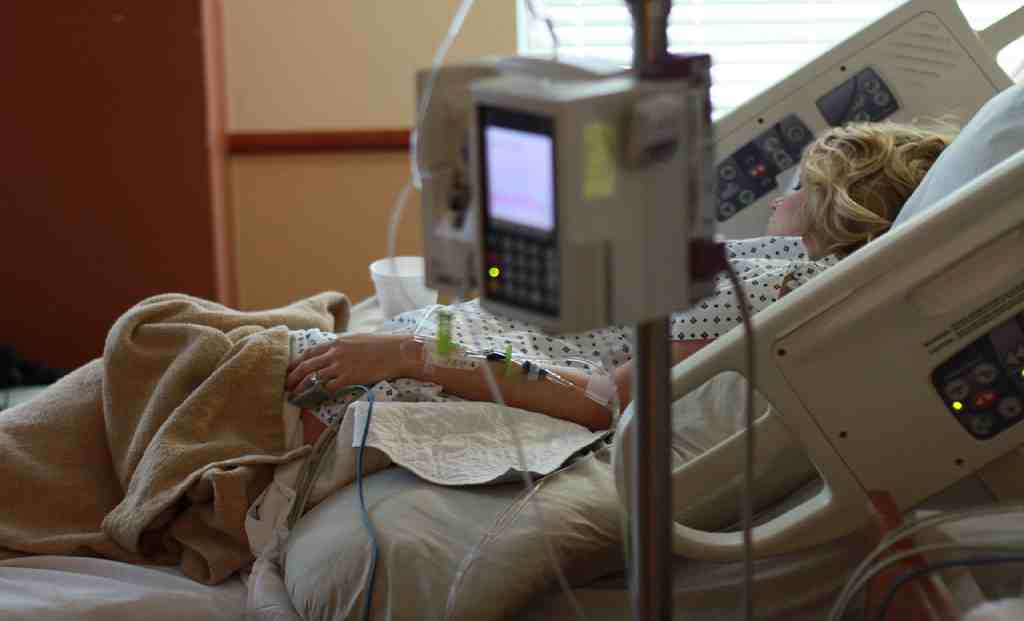Mankind is still far away from fully recovering from the coronavirus-driven pandemic of COVID-19. The disease was first detected in 2019 in China’s Wuhan and soon spread across the world. While several countries are in the middle of the third wave of COVID-19, two cases of Lassa fever have been detected in Britain. The fever was detected in those who recently returned from West Africa. According to the UK Health Security Agency (UKHSA), Lassa fever is caused by an Ebola-like virus. What is worrying is that it has ‘pandemic potential’. People get infected through exposure to food items or other things that have been contaminated with urine or faeces of infected rats.
According to UK health officials, the Lassa fever has been imported to the United Kingdom for the first in a decade. In 1980, eight cases of Lassa fever were reported in the UK. The last time cases were reported was in 2009 when two cases occurred.
The two confirmed cases, and one probable case of Lassa fever, are all from the same family. They had recently returned from West Africa, where Lassa fever is endemic and there is an ongoing outbreak.
At the moment, it is not clear if anyone else has been infected. However, health officials have sounded a note of calm to dampen down fear of disease spread in the United Kingdom.
“Cases of Lassa fever are rare in the UK and it does not spread easily between people. The overall risk to the public is very low. We are contacting the individuals who have had close contact with the cases prior to confirmation of their infection, to provide appropriate assessment, support, and advice,” Susan Hopkins, the chief medical adviser at the UKHSA, was quoted as saying.
Hemorrhagic fever can also spread from person to person through body fluids. It has symptoms like flue – fever, sore throat, headaches, muscle pain as well as diarrhea and vomiting.
In some severe cases, it can cause bleeding from the vagina, nose or mouth and severe facial swelling. It is a cause of concern because there are around 100,000 cases of the disease a year in West Africa with an average of 5,000 deaths. Also, around 80 per cent of these cases are asymptomatic.
There is no effective treatment or vaccine available for this disease as of now. However, two jabs entered phase one trials in 2019 and another started human trials last year.











